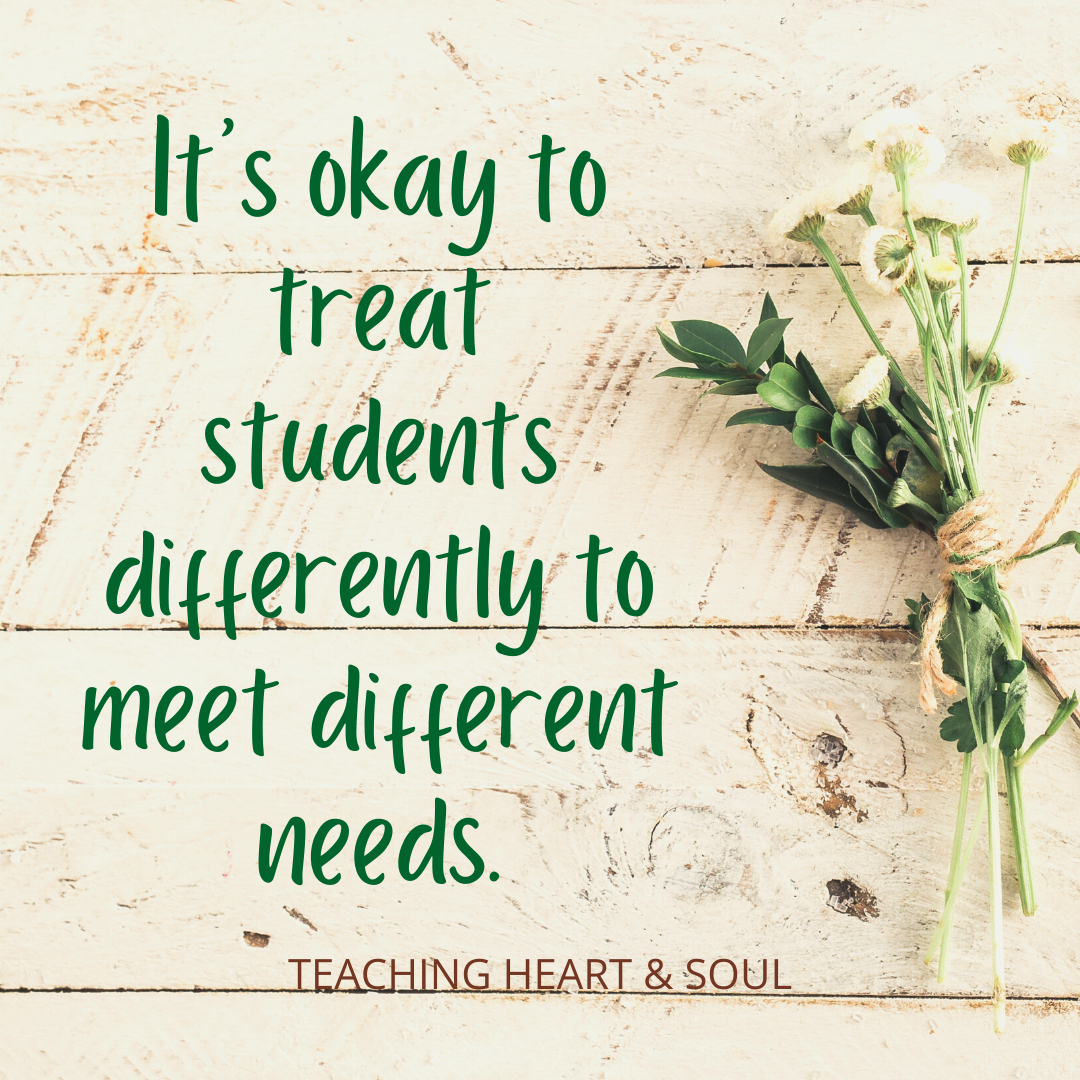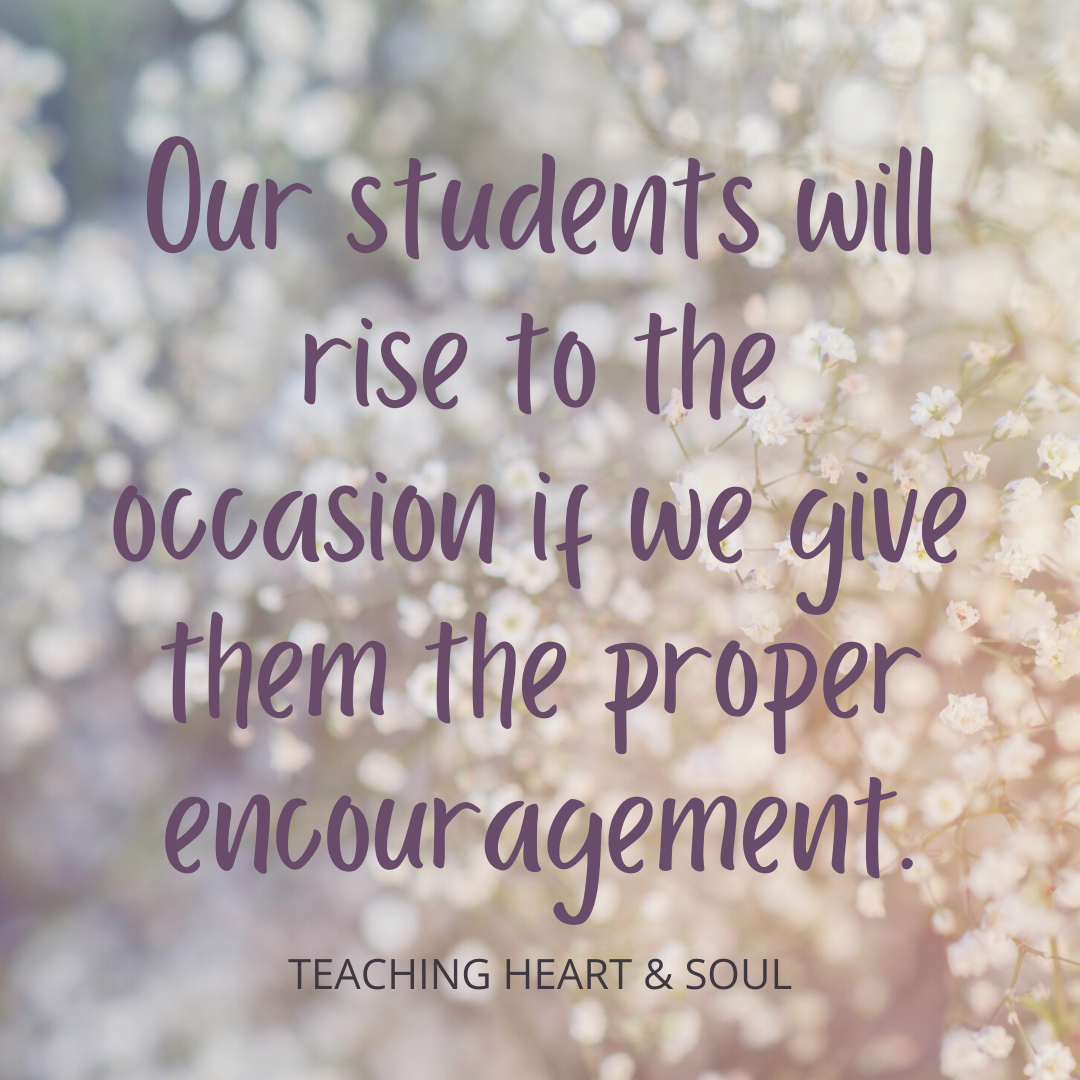Help! Are My Students' Behaviors Normal?
I have been in many different classrooms, and I have never seen a classroom run the same way twice. One classroom will be running like a well-oiled machine. Another classroom is student-led. Another classroom might consist of controlled chaos where everyone, including the teacher, is laughing. So, what’s normal? What should we aim for in our own classrooms?
What’s Normal for Each Class?
The class I had last year was very talkative and disruptive. None of my students were malicious or mean, but they did make it difficult to teach with their interruptions and clowning around. For this class, I was very strict about hand-raising and was no-nonsense with my teaching style. It took a lot of expectation enforcement from me to keep these students from taking over the class.

This year, my class is very different. My class as a whole is very well-behaved. Because of this, many of my lessons center around a dialogue with my students, rather than a lecture. I can teach this way right now because my students have shown that they are capable of being responsible with this privilege. They know how to give and take, how to be respectful toward each other and me, and when it is appropriate to speak up. I would never have considered running my classroom the same way last year, but my students this year have earned this privilege and it’s been working well.
Each year, you will need to find out what works for your current class. Some classes need more support, while some classes are more independent. A rule or procedure that works perfectly with one class may be the worst thing you could do for another class. We must reassess our teaching philosophy for each class we have because each class is unique.
What’s Normal for Each Student?
One of my students this year has a difficult time staying in his seat. He has a hard time getting started and needs affirmation every time he completes a step of an assignment. He’ll get overwhelmed sometimes, especially when I ask him to write. He often has a very negative attitude toward the assignment itself and is very hard on himself, saying that he can’t do it, or that he can’t do it quickly enough.
Another student is always on-task. She completes her work first, having met expectations and worked to the best of her ability. She pays attention to the instructions, so she rarely needs clarification on assignments. Most of the time, I don’t hear from her until she says she’s done and turns in her work.
While I care about both of these students and enjoy having both of them in my class, I treat them differently (equity is better than equality, and all that).

I allow the first student to stand up at his desk or get flexible seating. I will prompt him so that he can start an assignment without getting overwhelmed. I will validate his progress so that he has the confidence to keep going. I support him as needed so that he can be successful in my class. And, as he shows he’s capable, I remove some of those supports so that he can become more independent.
My second student doesn’t need me to do any of those things.
So, I don’t do them for her.
She sits at her desk and sometimes gets to move around the classroom or get flexible seating as a privilege, not a necessity. Instead of helping her get started, I tell her what she did well when she’s finished. I suggest ways for her to challenge herself and improve her writing. Sometimes she chooses to do these things, while other times she decides that meeting the expectations was enough this time.
It’s okay to treat students differently to meet different needs.
Some students need more support, while others need to be challenged. Some students need tough love. Others need patience and understanding. Neither need is wrong, but it is our job as teachers to determine what each student needs from us so that we can meet those needs.
What’s Normal for Each Year?
At the beginning of last year, I had high expectations for my students’ academic growth. I was optimistic about what I could accomplish in a year and I made a plan to do the best I could for the sake of my students.
Towards the end of last schoolyear, my plans changed. When the pandemic hit last March, I knew I would not be able to accomplish everything I had planned to do. That’s not to say that I lowered my expectations. Instead, I changed my priorities.
I know it’s been difficult for many teachers this year, but we must set realistic goals for ourselves and our students. Many teachers are feeling insecure about their inability to teach as well as they have in the past, but that shouldn’t be our measuring stick.
Instead of a goal to improve our students’ test scores, our priority should be to improve (or just maintain!) our students’ mental health.
My school has been in-person this whole year. However, if a student gets sick, that class must learn remotely until the quarantine period is over. This has been stressful for a number of students. Should these students be expected to keep up their grades as they have in years past? Or is it more important to work on coping skills and resiliency?
If you have a couple students struggling with online learning, have them reach out to each other and support each other (as appropriate). As teachers, we usually have a coworker or spouse to lean on for support. Make sure your students have support as well: from you, the school counselor, or each other.
Additionally, our students may learn more about how to use technology than about grammar this year, and that’s okay! This is a great life skill and we need to own this win, instead of concentrating on the negative. Sure, we may not have had technology on the year-long-plan, but we adapt!
High Expectations
Our students have different needs, and that’s okay. There is no “normal” when it comes to student behavior. Each student is unique. We must teach differently to each class, each student, and each year because of this.

However, we should always have high expectations and challenge our students appropriately. If we get to know our students well, we will know what they need from us, and we will be able to meet their needs. We will be able to support them and challenge them correctly.
Our students will rise to the occasion if we give them the proper encouragement.
